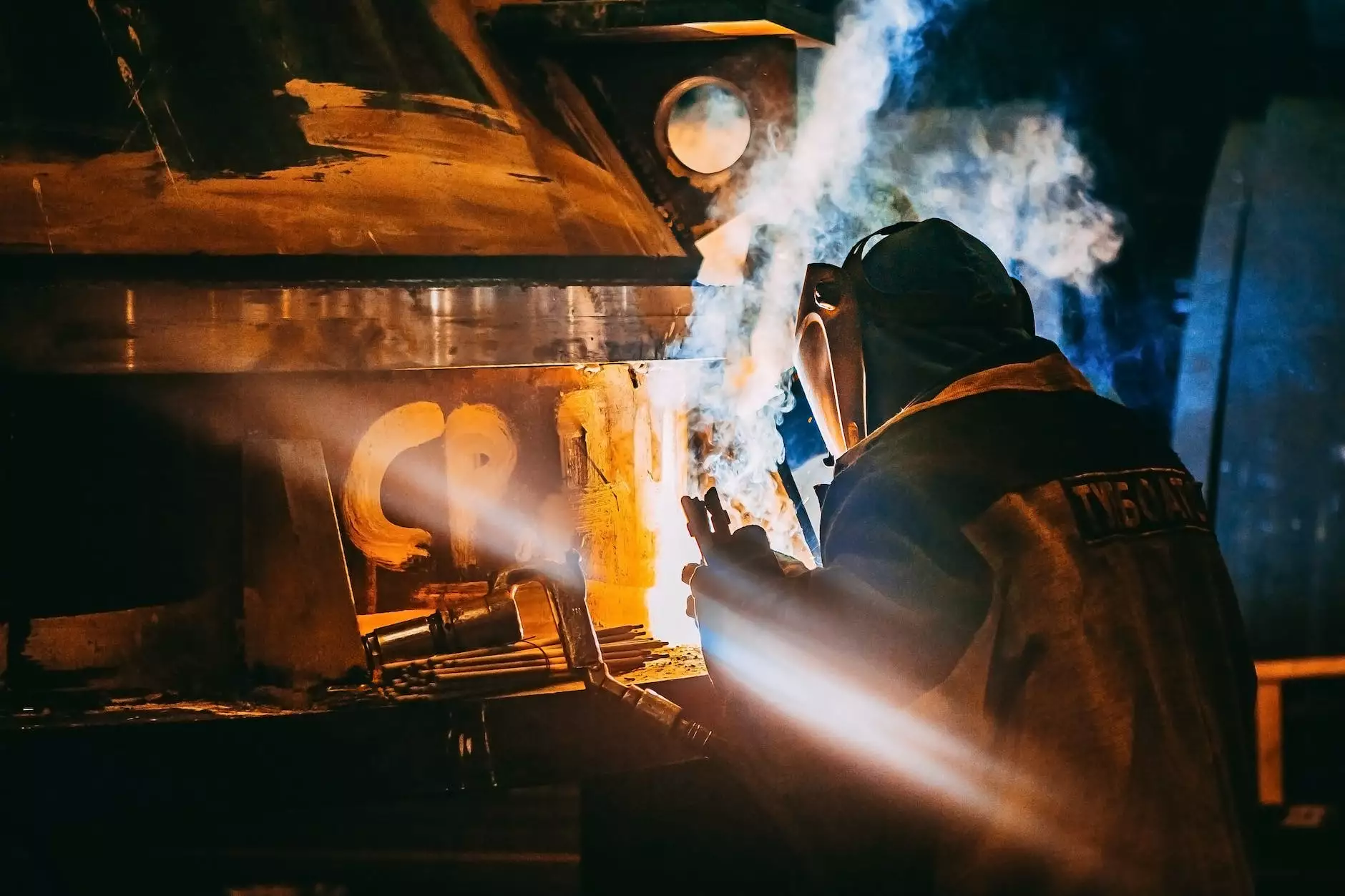What is Flame Rectification and How Does a Flame Sensor Work
Blog
Introduction to Flame Rectification
In the world of heating systems, flame rectification plays a vital role in ensuring safe and efficient operation. Understanding flame rectification and how a flame sensor works is essential for anyone involved in HVAC systems. This comprehensive guide, brought to you by Alpine Heating & Air Conditioning, will provide you with all the necessary information to grasp this important concept.
What is Flame Rectification?
Flame rectification is a technique used in gas-fired heating systems to detect the presence and quality of an ignited flame. It relies on the principle of rectifying electrical current generated by the flame to provide continuous feedback to the system. By accurately monitoring the flame, the system can ensure optimal fuel combustion, efficient heat transfer, and safe operation.
How Does a Flame Sensor Work?
A flame sensor, also known as a flame rectification sensor, is a crucial component in most gas-fired heating systems. It consists of a metal rod or probe that extends into the combustion chamber and comes into direct contact with the flame. The sensor is connected to the flame rectification circuit, which consists of an ignition control module and other associated electrical components.
When a heating cycle begins, the gas valve opens, allowing fuel to flow into the combustion chamber. The ignition control module then generates a high-voltage spark at the igniter. This spark ignites the fuel, and a flame is established. Simultaneously, the flame rectification circuit sends a low-voltage electrical current to the flame sensor.
The flame sensor's metal rod or probe acts as an electrode, and the flame generates ions that conduct electricity. As the sensor comes in contact with the flame, the rectification process takes place. The electrical current passing through the flame rectification circuit rectifies or converts the alternating current (AC) into a direct current (DC). This rectification occurs due to the uneven ionization within the flame.
The rectified DC current is then sent back to the ignition control module, which recognizes the presence of a flame. The control module continues to energize the gas valve and maintain the flow of fuel, keeping the flame burning. If the flame extinguishes for any reason, the lack of rectified DC current indicates a flame failure, prompting the system to shut off the gas valve as a safety measure.
The Importance of Flame Rectification
Flame rectification is crucial for the proper functioning of gas-fired heating systems. It ensures the system only continues operation when a safe and reliable flame exists. Without flame rectification, the system could allow the flow of gas even when there is no flame, increasing the risk of gas leaks, explosions, or other hazardous situations.
Additionally, flame rectification helps optimize fuel combustion. By monitoring the quality of the flame, the system can make adjustments to the air-to-fuel ratio, ensuring efficient heat transfer and reducing energy waste. This not only enhances the system's performance but also leads to cost savings for the end-user.
Conclusion
Flame rectification and understanding how a flame sensor works are fundamental to the proper operation and safety of gas-fired heating systems. This guide provided by Alpine Heating & Air Conditioning aimed to equip you with comprehensive knowledge on the subject. Remember to consult a professional HVAC technician if you encounter any issues or need further assistance.









